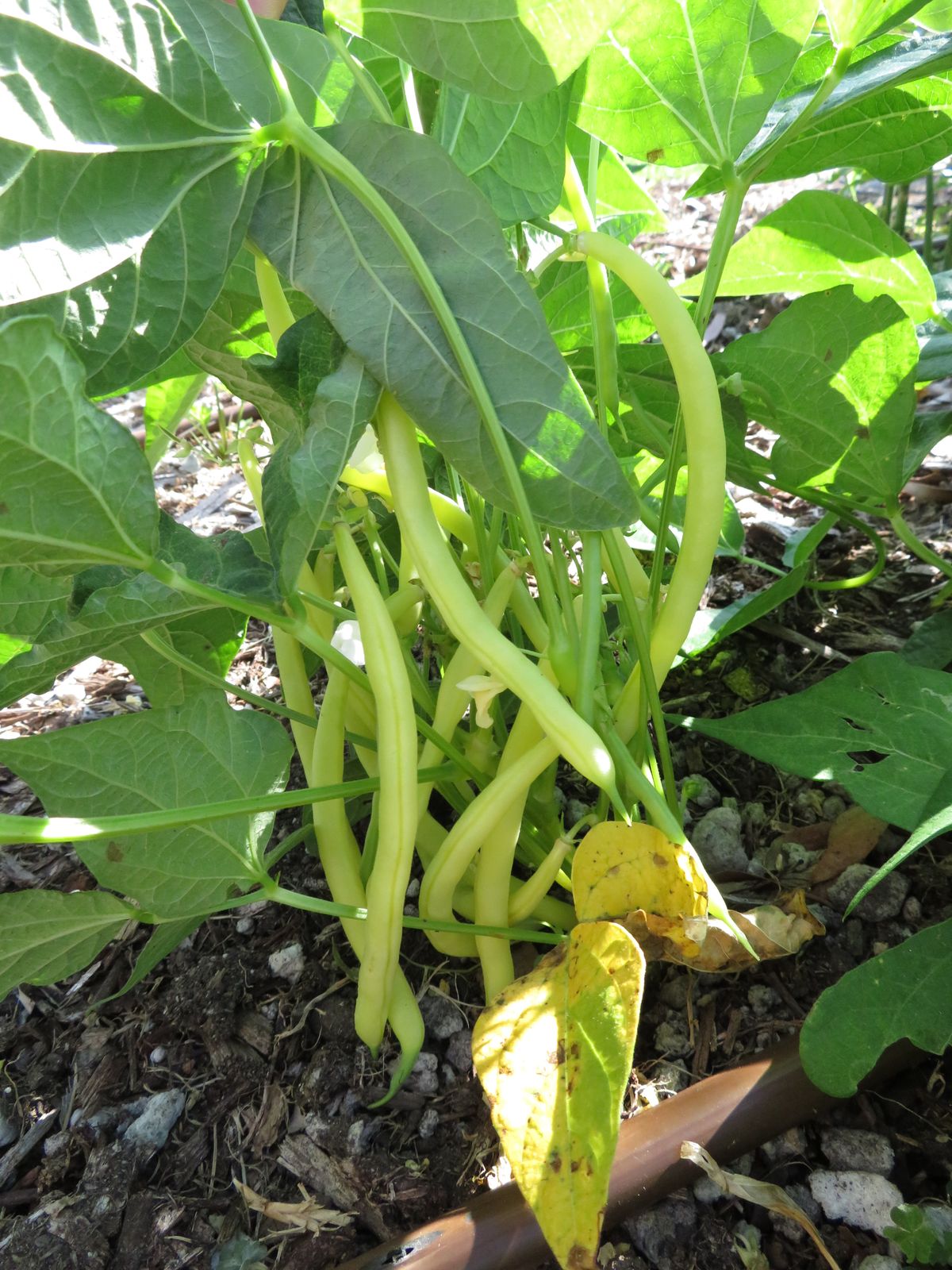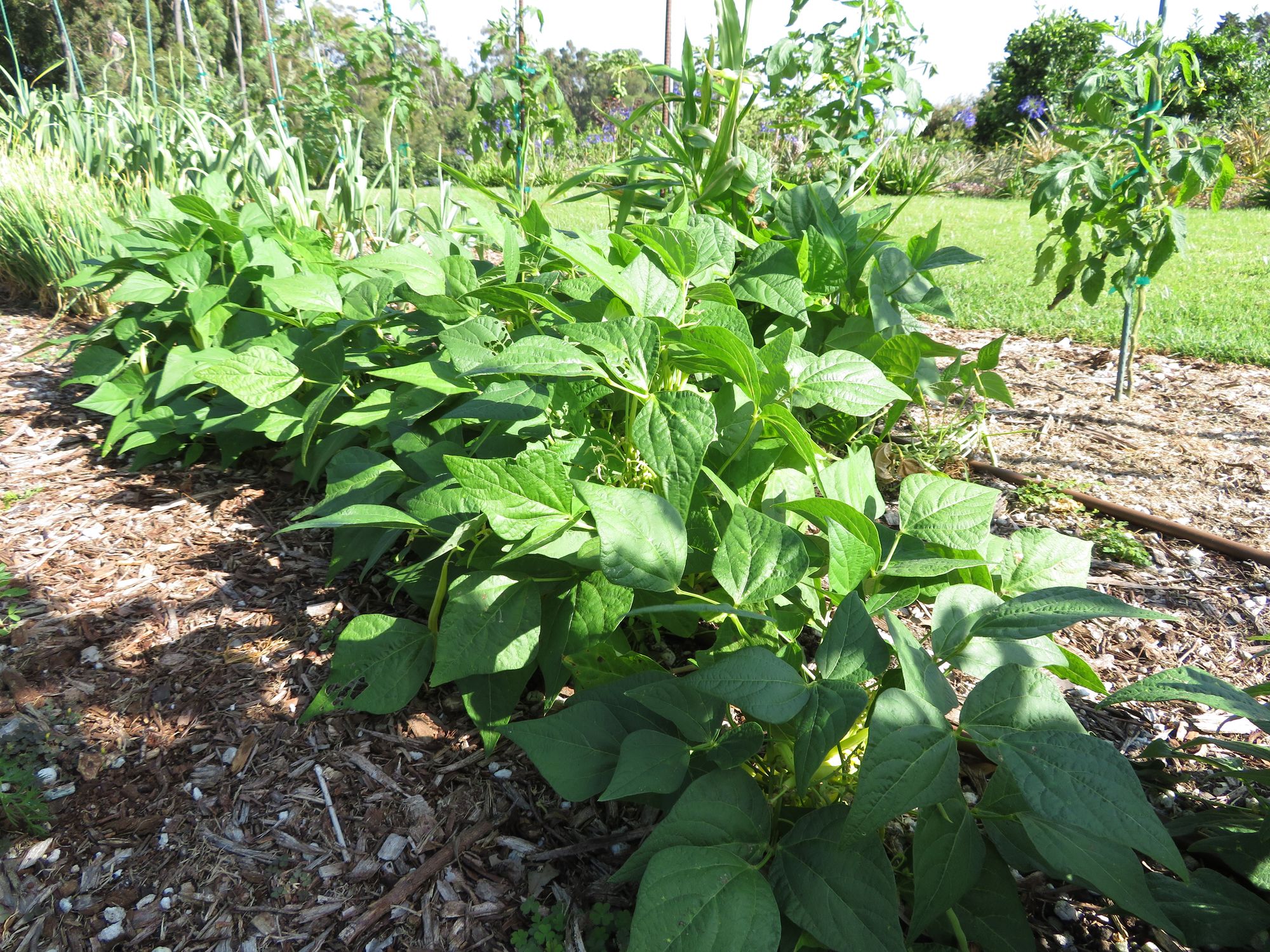How to Grow Bush Beans
Growing bush beans is easy and rewarding for experienced and novice gardeners. These versatile plants require minimal support and offer a bountiful harvest throughout the season, making them an ideal addition to any outdoor space.

Table of Contents
To successfully grow bush beans, you must understand the optimal conditions these plants require.
This includes selecting the right soil, providing adequate sunlight and water, and being aware of common pests and diseases that could affect your bean plants.
You can enjoy a continuous harvest of fresh, delicious bush beans by following some simple steps.
About Bush Beans Plant
Phaseolus vulgaris is the species that encompasses bush beans, a popular choice for home gardening due to their easy growth habits and rewarding yields.
These beans differ from pole beans, which require support structures like trellises for optimal growth.
Bush beans, on the other hand, grow in a compact, bushy form without needing any additional support.
You can expect a bountiful harvest of delicious beans to enjoy in various dishes with proper care.
Remember that planting seeds directly in the garden bed or container is preferable for bush beans; within 1-2 weeks, you'll see them germinate and grow.
Growing Bush Beans
To begin planting bush beans, first prepare the soil in your garden by ensuring it is well-draining, rich in organic matter, and has a slightly acidic to neutral pH.
Select a location with full sun exposure for optimal growth.
Next, sow bush bean seeds about 1 inch deep and 3 inches apart. For multiple rows, space them approximately 18 inches apart to give your plants appropriate room to grow.
If you grow bush beans in a container, ensure adequate space for the plants to develop.
After planting, lightly water the area to settle the soil and nourish the seeds.
Expect the seeds to germinate within one to two weeks. Since bush beans are self-supporting, they don't require trellising, making them an excellent choice for gardeners of all levels.
Remember to rotate your bush bean plants in different locations throughout your garden to take advantage of their nitrogen-fixing capabilities.
This will help improve the overall health of your soil in the long run.

Caring for Bush Beans Plant
Sun and Temperature
Bush beans thrive in full sun, with at least 6-8 hours of direct sunlight daily. They prefer temperatures between 60-85°F (15-29°C) and will not tolerate frost.
Water and Humidity
Water your bush bean plants consistently, keeping the soil evenly moist but not waterlogged. Typically, this requires about 1 inch (2.5 cm) of water per week.
Soil
Plant bush beans in well-draining, fertile soil rich in organic matter. A soil pH of 6.0-6.8 is ideal for these plants.
Fertilizer
Before planting, mix in a balanced, slow-release granular fertilizer into the soil. As the plants begin to flower, you can use a high-phosphorus, low-nitrogen fertilizer to encourage pod production.
Repotting
Bush beans do not require repotting, as they are usually grown directly in the garden or in containers that provide enough space for their roots.
Pruning and Propagation
To maintain bushy growth and encourage pod production, pinch back the tips of the branches when the plant reaches 8-10 inches (20-25 cm) in height.
Propagate bush beans by sowing seeds directly in the garden or containers, following the proper planting depth and spacing.
Troubleshooting Plant Problems
Growing Problems
If your seedlings are stunted and never recover, it might be due to a poor environment or insufficient nutrients.
Proper drainage, sunlight, and soil fertility can help avoid these issues.
If your plants have yellowed and distorted leaves, it could result from a virus or wilt, requiring the removal of the affected plants to prevent further spread.
Pests and Diseases
Beans may fall victim to several pests and diseases. Common pests include caterpillars, which can be controlled with an organic insecticide like Monterey BT Caterpillar Killer.
For existing diseases, fungicides like Bonide Sulfur Fungicide can be applied to the affected plants.
To prevent diseases, plant disease-resistant bean varieties and maintain a clean garden free of debris to reduce the likelihood of pests appearing.
- White Mold: This fungal infection can cause plant withering and rot. Implement crop rotation and remove infected plants to prevent the fungus spread.
- Weeds: Keep the garden bed clean and weed regularly. This will prevent weed competition and reduce the chances of bean growth being affected.
Companion Planting
Bush beans make good companions for many plants, as they fix nitrogen in the soil and benefit their neighbors.
However, avoid planting bush beans near Allium family members, such as chives, garlic, leeks, onions, scallions, and shallots, as this combination can stunt the growth of both plants.
Instead, plant your beans near corn, radishes, or marigolds to encourage healthy growth and deter pests.
Conclusion
Growing bush beans provides a continuous harvest of tender, green vegetables full of fiber that can be a healthy addition to your meals.
You can harvest bush beans when the pods are young and tasty, ensuring you have a supply of fresh, nutritious beans throughout the growing season.
Some popular bush bean varieties include green beans, peas, and tender snap beans, offering various options for your garden and culinary needs.
Proper storage of your bush beans ensures that their quality remains high, and you can enjoy the delightful flavors of your harvest even after the season has ended.
Frequently Asked Questions
What is the ideal spacing for bush beans in a raised bed?
Plant the seeds about 2 inches apart and 1.5 inches deep in rows for bush beans in a raised bed. This will provide ample space for growth and yield a dense, healthy crop.
What are the best bush beans for container gardening?
There are numerous varieties of bush beans suitable for container gardening. Some popular choices include Blue Lake, Provider, and Top Crop. Choose a pot at least 288 cubic inches in size for optimal growth.
Which companion plants are suitable for bush beans?
Companion plants can help enhance growth, deter pests, and improve soil fertility. Good companion plants for bush beans include corn, cucumbers, radishes, and summer savory.
How long does it take for bush beans to mature?
Bush beans generally mature within 50-60 days from planting. However, this may vary depending on the variety and growing conditions.
Do bush beans require a trellis for support?
No, bush beans do not require a trellis. They naturally grow in a compact, self-supporting bush form that doesn't need additional support structures.


